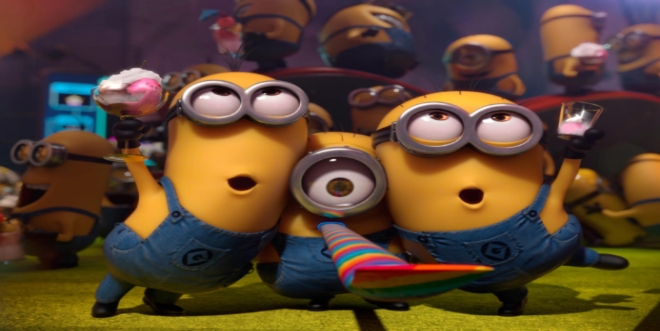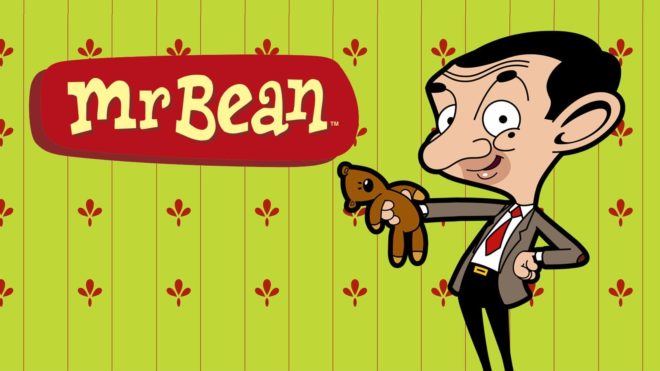Blog / Sound of cartoon characters

Wednesday, 18 May 2022
Sound of cartoon characters
Cartoons are an essential part of every childhood. They are the most popular entertainment for children and help them learn about the world around us, about new emotions, life issues, and other important things.

The power of sound in animation animation lies in its ability to encourage the audience, prompting them to emotionally invest in the onscreen events. In the context of an animated film, sound serves as an echo of the real world within a meticulously crafted setting.
Voice acting for cartoon characters continues to maintain its enduring popularity even in the present day. Technology plays a pivotal role in driving the growing demand. Whether it’s a video game, a smartphone app, or an electronic assistant, someone voices every voice you hear.
Certain voice actors focus on specific niches, like video games, while others demonstrate versatility by lending their voices to numerous characters in animated films. While many attribute the inception of voice-overs to Mickey Mouse’s debut in “Steamboat Willie” in 1928, historians argue that the true credit belong
The power of sound in animation animation lies in its ability to encourage the audience, prompting them to emotionally invest in the onscreen events. In the context of an animated film, sound serves as an echo of the real world within a meticulously crafted setting.
Voice acting for cartoon characters continues to maintain its enduring popularity even in the present day. Technology plays a pivotal role in driving the growing demand. Whether it’s a video game, a smartphone app, or an electronic assistant, someone voices every voice you hear.
Certain voice actors focus on specific niches, like video games, while others demonstrate versatility by lending their voices to numerous characters in animated films. While many attribute the inception of voice-overs to Mickey Mouse’s debut in “Steamboat Willie” in 1928, historians argue that the true credit belongs to Reginald Fessenden, a Canadian inventor who recorded a weather report for the United States Weather Bureau as early as 1900.

Unlike other films, animated movies don’t have any sound when they’re sent to sound departments. No dialogue or movement sounds were recorded on set. The Sound designers are responsible for selecting the appropriate sounds to establish the desired atmosphere and effectively convey the story and characters to the audience.
Animation sound designers need to be highly imaginative, especially when designing what a fantasy creature sounds like and in terms of how to produce those sounds.
For many years, voice actors who specialize in voice acting have been providing voices for cartoon characters. Over the past 25 years, there have been significant changes. Many celebrities, including popular screen actors, currently lend their voices to the characters in major animated movies. Movie studios also recognized the powerful marketing draw a big-name celebrity can add to an animated movie.
Accomplished animation voice actors carefully assess the elements of a character and sift through numerous voices in their minds until they find the one that truly captures the essence of the character. Getting into character demands more than just having a great voice. It also requires creativity.
Sound designers create the soundscape for animation. Using natural sounds in animation is unfeasible, necessitating sound designers to create all sounds from scratch. They discuss with the director the kind of effect they want and then find creative ways to achieve it. A sound-making course will be taught in person during the Animation Training Course.

The Creative Process of Cartoon Audio
Pre-Production
- Scriptwriting: Audio elements, including cartoon sound fx and cartoon audio effects, are considered during the scriptwriting phase, with specific notes on sound effects and music cues.
- Storyboarding: Early visuals are paired with rough audio concepts, such as cartoon sound fx and cartoon audio effects, to ensure cohesion between sound and image.
Production
- Recording: Voice actors record their lines, often in multiple sessions, to capture the perfect performance.
- Foley Sessions: Foley artists recreate sounds, including cartoon sound fx and cartoon audio effects, in sync with the animation, adding a layer of realism.
Post-Production
- Sound Editing: Editors synchronize dialogue, sound effects, and music, including cartoon audio effects, with the animation, ensuring smooth transitions and timing.
- Mixing: All audio elements, such as cartoon sound fx, are balanced and blended to create a cohesive soundscape.
- Final Mastering: The final mix is polished, ensuring optimal sound quality across all playback devices.
Conclusion
Cartoons are essential for childhood development, providing entertainment and educational value. The synergy of sound design, voice acting, and a Course on sound design breathes life into animated worlds, fostering creativity and imagination. We hope this blog helps you appreciate the intricate artistry behind cartoons, inspiring future generations of animators and sound designers, By Dreamzone School of Creative Studies.
Frequently Asked Questions

Corporate Headquarters
No. 25, Dr. Radhakrishnan Salai, Mylapore,
Chennai - 600 004, Tamil Nadu, India.
+91 98843 85048
Flagship Events
Trending Courses
Fashion Design
Interior Design




